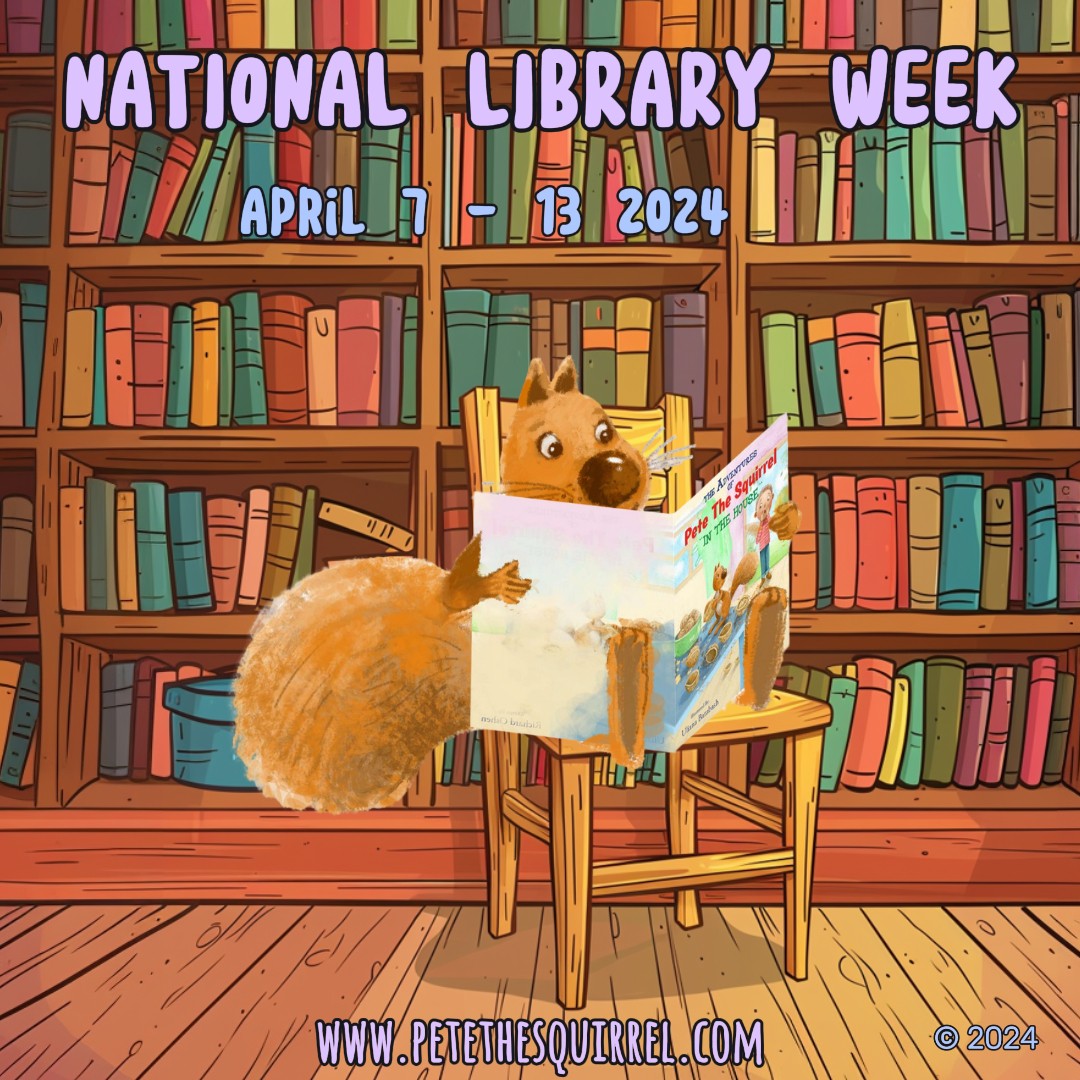
HAPPY NATIONAL LIBRARY WEEK!
Pete The Squirrel Loves The Library! It’s his favorite place to hang out. And guess what? It’s National Library Week from April 7th to April

Pete The Squirrel Loves The Library! It’s his favorite place to hang out. And guess what? It’s National Library Week from April 7th to April
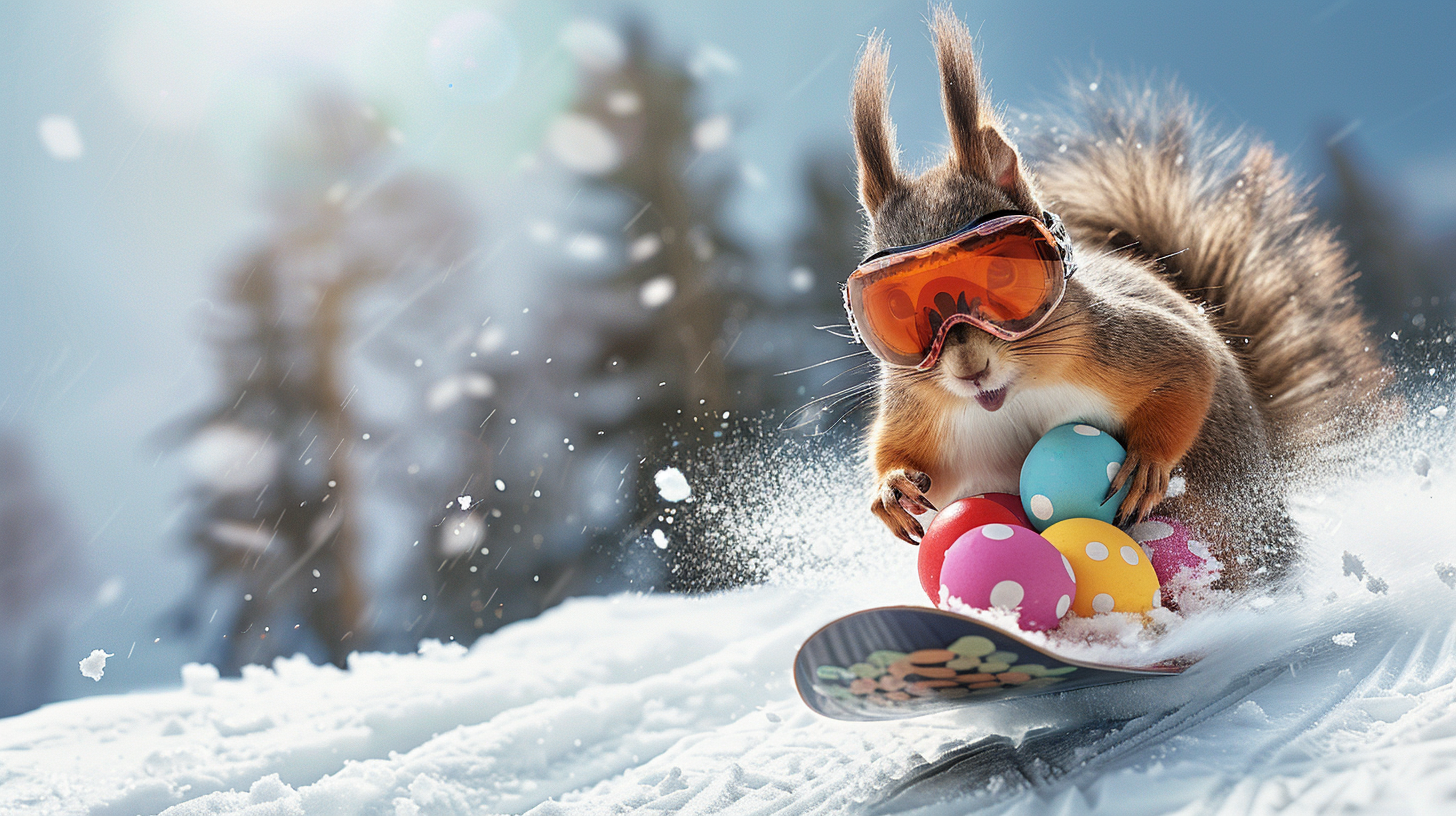
As the first rays of the Easter sunrise painted the mountain peaks in hues of pink and gold, Pete The Squirrel, with his bushy tail
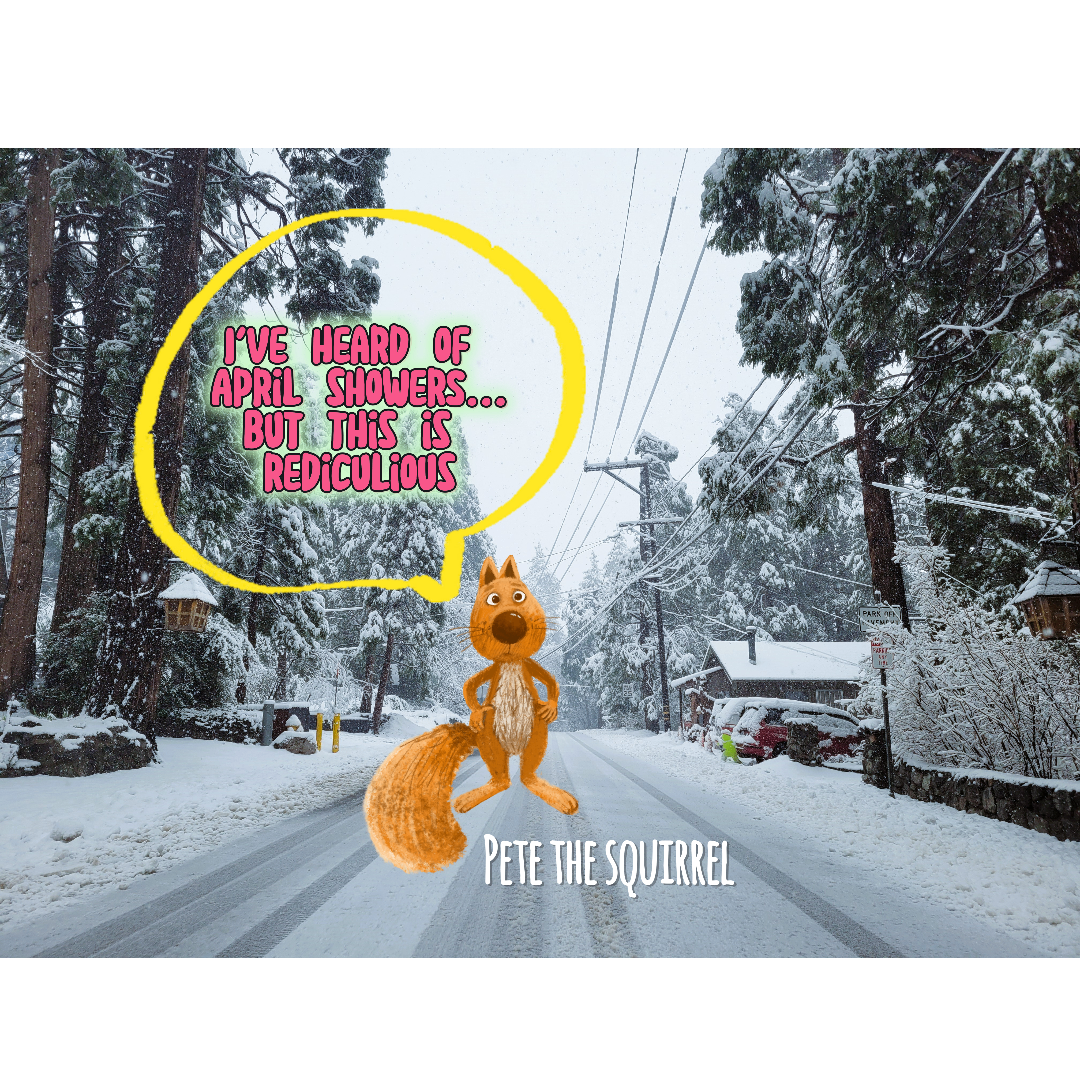
HAS SPRING SPRUNG? Pete woke up this morning and thought winter had returned. Everywhere he looked, the ground, the trees, and even the mountain tops
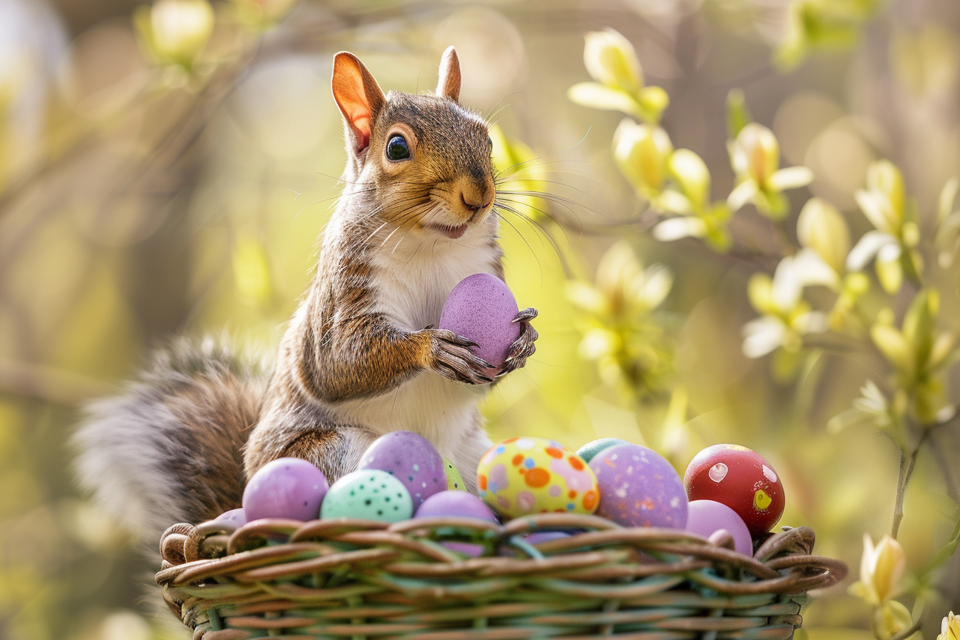
Greetings Everyone! It’s Pete the Squirrel dropping by to extend heartfelt Easter wishes to all. As we embrace this season of renewal, let’s take a
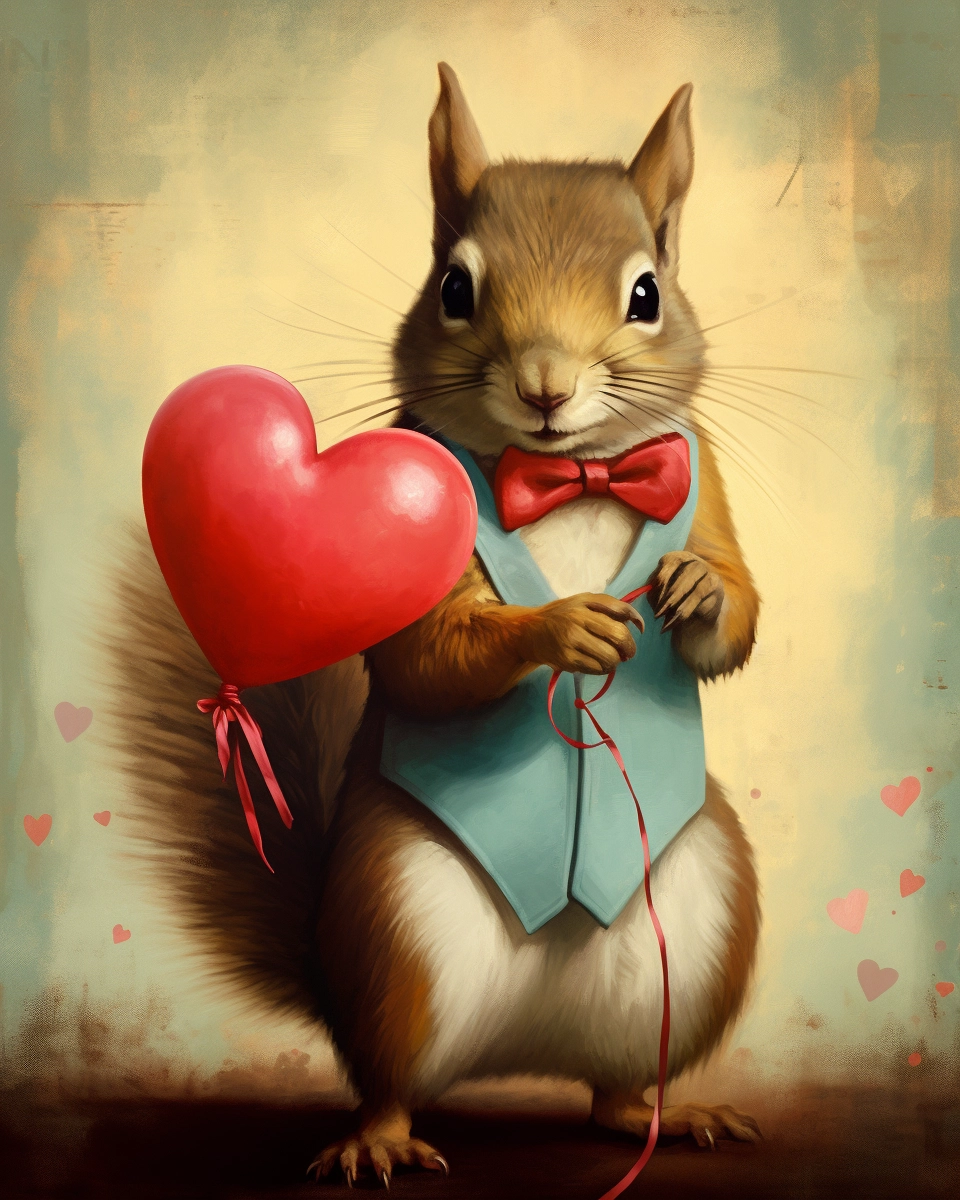
Happy Valentines Day from Pete The Squirrel! Pete sends a heart felt greeting of love to you~! https://www.youtube.com/shorts/JfCEe5B50Bs
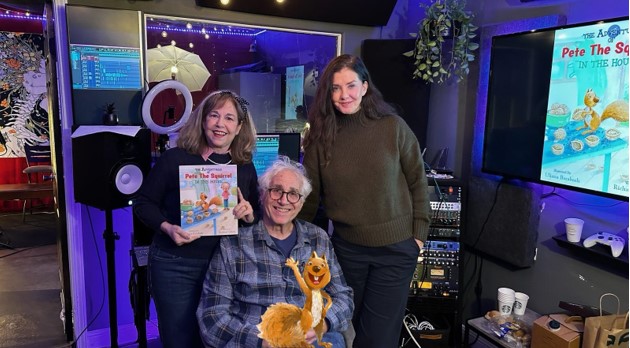
The ADVENTURES OF PETE THE SQUIRREL – IN THE HOUSE AUDIO BOOK is on the way! Pete The Squirrel’s audio book recording team. (L-R) Jean